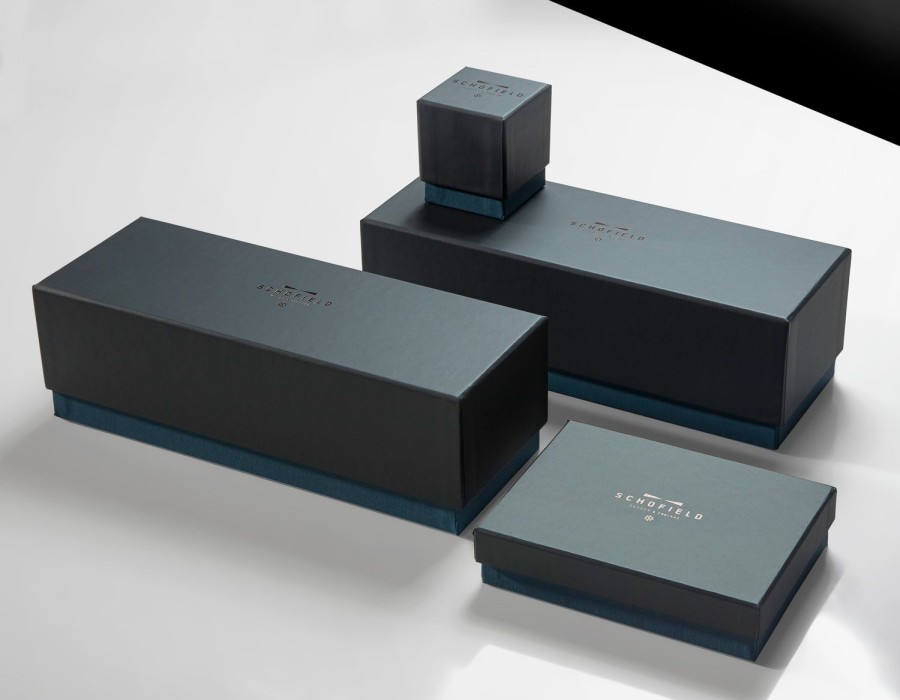In the world of luxury products, the packaging often plays a role just as important as the item itself. High-end consumers expect more than just a product—they seek an experience, one that begins the moment they lay eyes on the packaging. The materials used in luxury packaging, particularly for boxes, play a critical role in shaping this experience. From the feel and weight to the visual impact, premium materials elevate a brand’s prestige, communicate quality, and foster an emotional connection with the consumer. Let’s explore some of the most coveted materials used in luxury packaging boxes and the reasons behind their selection.
1. Rigid Boxboard: The Foundation of Luxury Packaging
Rigid boxboard, also known as chipboard or greyboard, is one of the most common materials used in luxury packaging boxes. Unlike traditional folding cartons, customized rigid boxes do not collapse, giving them a sturdy, durable structure that immediately conveys quality and permanence. The weight and heft of a rigid box create a feeling of solidity, while its smooth surfaces provide an excellent canvas for detailed finishes like embossing, foiling, and printing.
Brands like Apple and Rolex use rigid boxboard for their packaging to reflect the reliability and excellence of their products. Rigid boxboard can also be covered with various premium papers or textiles, offering endless possibilities for customization.
2. Wood: A Symbol of Tradition and Authenticity
Wood has long been associated with craftsmanship and heritage, making it a popular material for high-end packaging boxes, especially in industries like fine wine, spirits, and jewelry. The natural grain and warmth of wood create a sense of authenticity and luxury that resonates with consumers who value tradition and artisanal products.
Wooden boxes are often hand-crafted, further enhancing their exclusivity. Luxury liquor brands, such as Macallan and Hennessy, frequently encase their finest bottles in bespoke wooden boxes, elevating the product and making it a collector's item. The tactile nature of wood also adds to the sensory experience, as consumers feel a connection to the craftsmanship behind both the packaging and the product.
3. Leather: The Epitome of Opulence
Few materials evoke luxury as powerfully as leather. Its use in packaging, especially for premium watches, perfumes, and accessories, reflects sophistication, timeless style, and exclusivity. Leather-wrapped boxes provide a soft, supple feel that is unparalleled, while the rich aroma adds another sensory dimension to the unboxing experience.
Luxury brands like Louis Vuitton and Chanel often incorporate leather into their packaging designs, ensuring that the tactile experience mirrors the high quality of their products. Leather’s versatility allows for different finishes, from smooth, polished surfaces to embossed logos or stitching that enhances brand identity.
4. Glass: Transparency and Refinement
Glass is typically used in luxury packaging for high-end cosmetics, perfumes, and limited-edition products. Its transparency allows consumers to see the product inside, creating a feeling of purity and refinement. Glass packaging is often paired with minimalist designs, allowing the material itself to shine through as a symbol of elegance and clarity.
In the luxury space, brands often use thick, weighty glass for packaging, as it provides both a visual and physical sense of durability and sophistication. Perfume bottles, for example, are typically housed in beautifully crafted glass that not only protects the product but also serves as a display-worthy item on its own.
5. Tin Packaging: Strength and Prestige
Metal, particularly materials like aluminum, gold, and silver, is another premium choice for luxury packaging boxes. The cool, smooth surface of metal exudes strength, prestige, and high value. Tin Packaging is frequently used in limited-edition items, where scarcity and exclusivity are emphasized.
Brands like Dior and Tiffany & Co. use metal elements in their packaging to symbolize durability and lasting value. Whether it’s a metal clasp, frame, or an entire box, these metallic details add a reflective shine that catches the eye, making the packaging feel as valuable as the product it contains.
6. Textiles: A Touch of Elegance
In the world of luxury packaging, textiles like velvet, silk, and satin are often used to line the interiors of packaging boxes or even cover the exterior. These materials provide a soft, sumptuous feel that enhances the unboxing experience. The use of textiles adds a layer of elegance, suggesting that the product within is precious and delicate.
Jewelry, watches, and high-end cosmetics often come nestled in velvet-lined boxes, which protect the item while also heightening the sense of anticipation as the consumer lifts the product from its luxurious cradle. This tactile experience reinforces the idea of indulgence and exclusivity.
7. Sustainable Premium Materials: The New Era of Luxury
With the growing focus on sustainability, many luxury brands are seeking to balance environmental responsibility with opulence. Materials such as bamboo, recycled wood, and biodegradable plastics are becoming more prevalent in luxury packaging, offering an eco-friendly alternative without compromising on quality.
Bamboo, in particular, has gained popularity due to its rapid growth and renewable nature. Luxury skincare brands, like Tata Harper and Lush, are incorporating bamboo and other sustainable materials into their packaging to appeal to environmentally conscious consumers. The shift towards sustainable luxury packaging reflects a broader trend in the luxury market, where consumers increasingly value ethical and responsible practices.
Conclusion
The use of premium materials in luxury packaging boxes is about more than just aesthetics—it’s about crafting an experience that aligns with the brand’s values and the consumer’s expectations. Whether it’s the weight of rigid boxboard, the warmth of wood, the opulence of leather, or the transparency of glass, each material is chosen to communicate a message of quality, craftsmanship, and exclusivity. As the luxury market continues to evolve, the materials used in packaging will play a crucial role in defining the identity and success of premium brands.





Comments